 I read my manuscript for Ride to the Altar all the way through, and it’s as bad as I thought. Oy vey.
I read my manuscript for Ride to the Altar all the way through, and it’s as bad as I thought. Oy vey.
In “2 Tips for Genre Mash-up,” I explained that working two entirely different genres in one book can be difficult and mentioned that Donald Maass wrote the perfect book to help you do it: Writing in the 21st Century. One of the things Maass says to do is to work each genre separately, then blend them together by finding the tangents between the two.
I usually write Women’s Fiction and Romance, so the Mystery element is new to me (though there are traces of mystery in The Cat Lady’s Secret), and I did all the newbie mystery writer things: I was too heavy-handed with the clues, and I telegraphed “who done it” and why, so the ending didn’t come as a surprise at all. But even my WF element is off in this. The major conflict between Patricia and her mother doesn’t work because it’s too easily resolved.

I will have to totally revise the scenes between Patricia and Natalie. Totally. When the readers can look at the conflict and think, “Why doesn’t she just [fill in the blank]?” then you’ve lost them. If they finish the book at all, they do it with an eye-roll as they watch the character try to resolve something by page 300 that could’ve been resolved on page 15.
The difference between revising and just plain editing is that revising means taking something out entirely. As the meme says, “rethink, revise, reinvent,” then weave it in again with the rest of the novel. Sometimes it means rewriting the entire novel. Fortunately, since mine is a genre mash-up, I only have to rip out the Women’s Fiction element and rework it.
Here’s the rub: I’m limited by the information provided in the two previous novels. Patricia rarely talks to her mother, Natalie. Natalie disapproves of Patricia’s decision to live in Texas instead of New York, and she disapproves of Patricia’s fiancé, a bull rider/ranch foreman. Patricia is a widow whose late husband fit Natalie’s image of a suitable mate for one of her “station,” for lack of a better term for the contemporary equivalent. Patricia has totally turned her back on her previous life and has exchanged business suits and party dresses for denim and flannel. Natalie sent her sister, Adele, to Texas to try to lure Patricia back home (the conflict for book 2 of the series, The Final Ride).
All this sounds like enough to create a great conflict—and it is. But something has to underlie it all. Something intense enough to keep a daughter from speaking to her mother. Whatever problems there are on the surface, there’s always something deeper, and the best of novels illustrate those deeper emotions so the resolution resonates with the readers and, in Christian fiction at least, uplifts them, enlightens them, gives them hope.
So having a scene of simple apology between the two women simply won’t cut it.
Once I figure out what the root of their problem is I have to totally revise those scenes, then blend the revisions with the rest of the novel.
But that’s not all. As I said, I flubbed the Mystery side of the novel. But with that, it’s more of an edit.
 The thing about editing is that the changes are comparatively easy to make. The process is the same: identify the problem and figure out how to fix it, but the “fix it” doesn’t have to be quite so intense.
The thing about editing is that the changes are comparatively easy to make. The process is the same: identify the problem and figure out how to fix it, but the “fix it” doesn’t have to be quite so intense.
Again, I’m limited to the facts that are provided in the previous two books (Give the Lady a Ride and The Final Ride).
The mystery is introduced in the first novel, and I never intended to solve it. As I’ve said numerous times, Give the Lady a Ride was supposed to be a stand-alone. Then I started getting comments and notes from readers wanting to know what happened to the hero, Talon Carlson’s first fiancée. All I know about Janet Parson is that she was murdered almost nine years ago on the night before their wedding, Talon was the initial suspect, and, once he was cleared, the case was never solved.
Oh, joy. I really left myself a road map, didn’t I?
As I wrote Ride to the Altar, I told myself the story of what happened to Janet and why—which is the problem. In doing so as I wrote, I also telegraphed everything for the reader.
This is where I take Maass’s advice of working backward. Now that I know who did it and why, I can go back and drop clues instead of provide conclusions. Nothing really changes except how I present it, which is different from how I have to approach Patricia’s side of the story in which the primary conflict changes and everything involved with it.
Here’s the deal: both genres are involved in one novel. So the idea that part of it may look like a simple edit bites the dust in the fact that the genres intertwine in the novel—meaning I’m in for a major revision all the way around.
This is new to me. Usually, my stories are pretty straight forward, and I can make adjustments as I go. I’ve heard that revisions are the fun part. We’ll see.
We’re told not to edit or revise as we go, just get the story written. This is the first time I’ve done it this way. What do you think? Do you write first and revise later? How do you feel about revisions? Fun or frustrating?

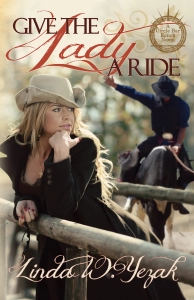
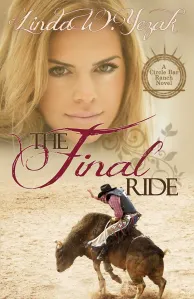



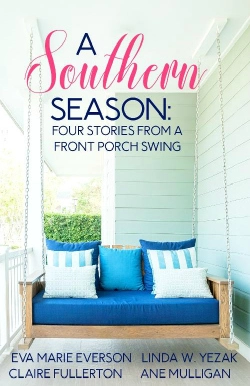
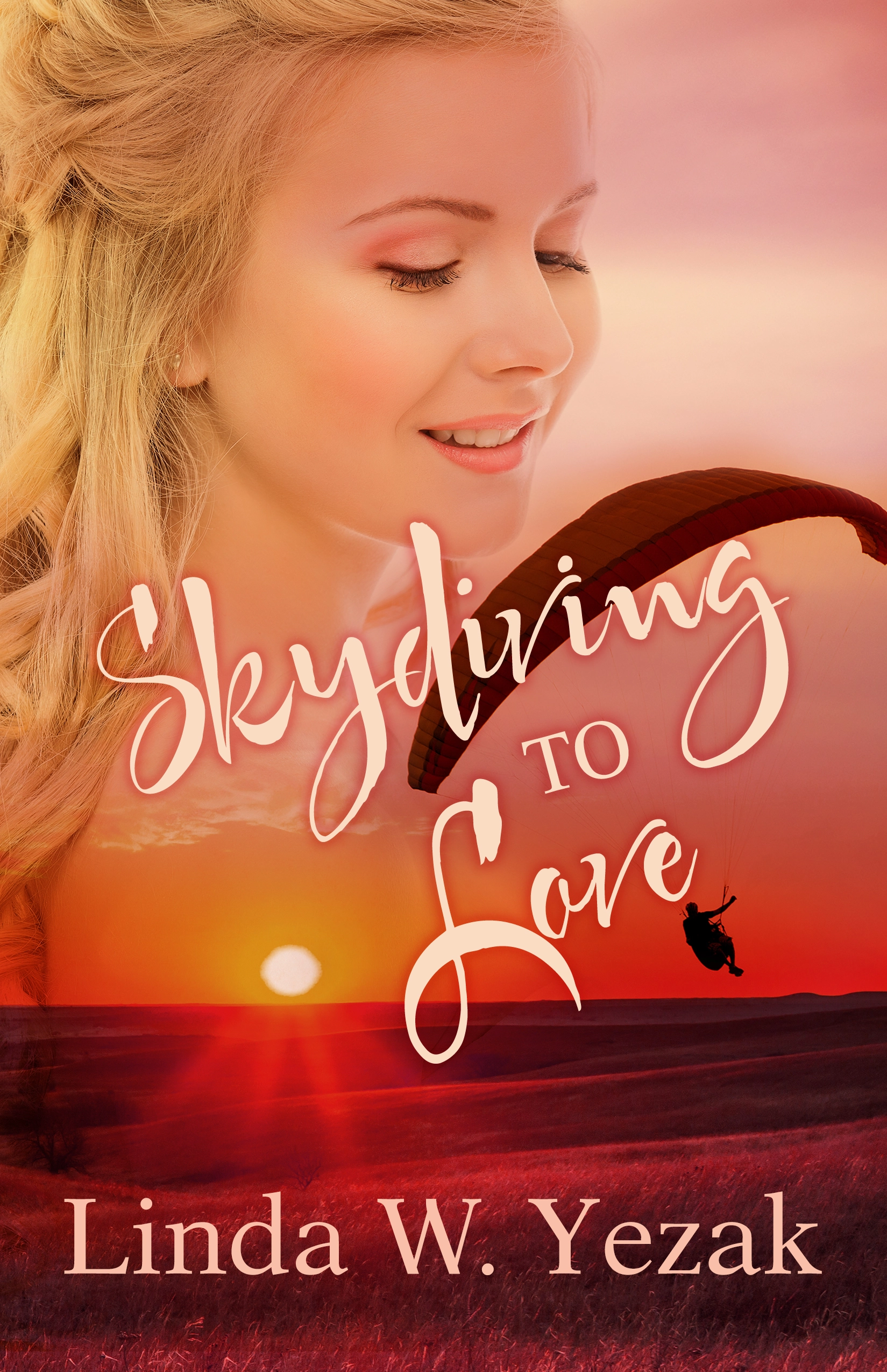
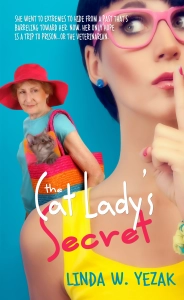






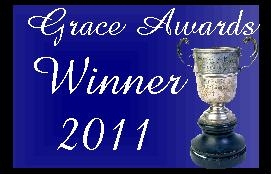


I like how you talked about reinvention and revising. When I finished my first draft, I quickly went back and made a few small changes, but then realized I was merely editing. There were major parts of my story that need complete rethinking. Glad to see I’m not alone in this situation. Thanks!
LikeLike
“that need a complete rethinking”—exactly. As an editor, I’ve seen too many clients who think all I’m going to do is point out grammar errors. Sometimes they’re lucky, and a few tweaks are all they need. Sometimes they’re shocked to see how much serious rewriting is required to make their manuscripts work. That’s why I like to differentiate between editing and revising.
That you recognized it on your own is a huge plus in your favor.
When I go through my own work, I have to give it a break and look at it with fresh eyes to catch the kinds of things I catch with clients. Not this time, though. This time I knew when I typed “the end” that the novel would need some serious work. Sigh.
LikeLiked by 1 person
Well, you know me, I like to do most of my revising in the outline. :p But this makes me think of my experience with Dreamlander. It was a mess early on, and I did a lot of “revision outlines” for it, working my way through plot holes after the fact.
LikeLike
Revising an outline is just as intensive—especially for you, since you do some extravagant outlines to begin with. But that’s why your books are so wonderful!
LikeLike
Revisions are both frustrating and fun for me. It’s fun because revising a story allows me to interact with and learn about my characters that much more; I also like the chance to play around with different scenarios to see (a.) where that can take the story and (b.) how characters will respond.
Revising a novel is frustrating because I inevitably have to say goodbye to some of my favorite scenes and or subplots in my stories. I also often have so many ideas that if I used them all my stories would be incoherent experiments in plot and purple prose–luckily, I keep a journal for that.
LikeLike
So far, with the exception of one scene that just doesn’t want to work for me, I’ve enjoyed my revisions. Still have a ways to go, though, so I have lots of time to get frustrated. Whether or not this computer will end up in the pond remains to be seen.
LikeLiked by 2 people
I just finished the first draft of my new novel today. This is my second book. (The first was a personal memoir written third person, with all the people given fictitious names.) The new novel is crime fiction. I completely sense what you are feeling right now. When I hit the final period today I knew I had a lot of editing and a lot of revision to do.
I tried to edit as I went, but then gave up. Just get the story written. Now the real heartache starts having to delete scenes I spend a lot of time on. reading your blog and and K.M.’s blog, I know this is a must. What I’m trying to say, I feel your pain, but I appreciate you sharing it honestly. Glad to know I am not alone!
LikeLike
I appreciate the camaraderie! And I applaud you for finishing your book. #2 is usually harder than #1 because you realize now that there’s so much more to writing than just getting it down. If you’ve been paying attention to Katie’s blog, you’re miles ahead of everyone else.
All the best to you!
LikeLike
Great advice. I am at the rewriting phase too and it always seems like a hard slog!
I get it down the rewrite, rewrite, edit ,edit with varying degrees of success. I look forward to reading more of your posts. It’s great to connect with other writers. !
Charlie
LikeLike
Thanks for stopping by, Charlie. Hope you get your manuscript just the way you want it someday. If we keep revising and editing, we’ll never toss it out there to get pubished!
LikeLike